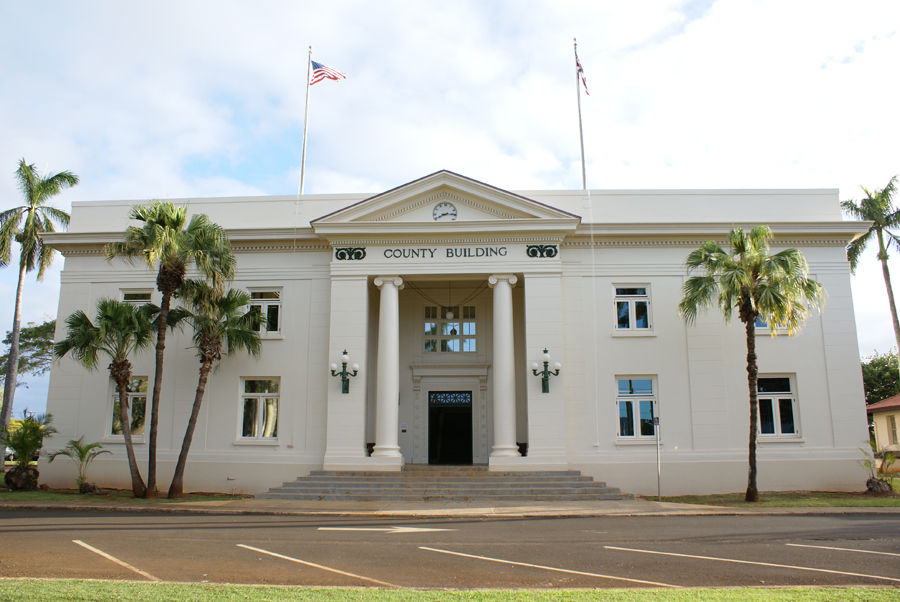LIHUE — Getting a fair share of the transient accommodations tax, making sure lifeguards are insured and purchasing an additional ambulance are some of the goals for Kauai County this legislative session. Those measures are part of a package of
LIHUE — Getting a fair share of the transient accommodations tax, making sure lifeguards are insured and purchasing an additional ambulance are some of the goals for Kauai County this legislative session.
Those measures are part of a package of 10 bills proposed by counties and approved by the Hawaii State Association of Counties, made up of 34 councilmembers and four mayors from all four Hawaiian counties.
The proposed measures, which took about three months to finalize, serve as statewide priorities.
The Kauai County Council proposed three bills:
• A bill that would delete a sunset provision for liability exceptions on lifeguards
• A bill relating to unadjudicated traffic fines
• A bill making an appropriation for emergency medical services.
Mel Rapozo, council chair and the Kauai representative for HSAC, said the bill dealing with lifeguard liability is the top priority.
“It provides civil liability protection for our county lifeguards when they are performing their duties. They cannot get sued,” he said.
The provision was enacted in 2002. It is scheduled to sunset in June, meaning lifeguards will no longer have liability protection.
“The Legislature has to take action. If we don’t repeal the sunset, on July 1, all of our public safety lifeguards will lose their protection,” Rapozo said. “That is insane.”
The change is a no-brainer, Rapozo added.
“These guys are risking their lives to go help someone on a state beach, and we’re not going to give them protection?” he said. “Their job is to rescue people and the government should be protecting them.”
That bill was proposed in the 2016 legislative package but was denied.
Getting lifeguards covered is more important than getting a bigger share of TAT, he said.
“If we’re going to pick between the two bills, the beach liability one is more important,” he said.
When it comes to TAT, county representatives are looking for more funds generated from the visitor industry. In 2014, the Legislature capped county appropriation of TAT to $103 million.
Currently, Kauai gets 14.5 percent of TAT, which is $14.9 million.
But HSAC is looking for a bigger cut for the counties.
“We want the public to understand that each year the counties don’t receive its fair share of the TAT, the residents are burdened by paying for expenses the visitors should be paying for,” said Stacy Crivello, HSAC president and Maui County councilmember.
HSAC is proposing a 55-45 split between the state and counties. If passed, Kauai would receive $23.5 million.
“At some point, if we don’t get more money from TAT, we’re going to have to raise revenue from someplace. Whether that’s GET or property taxes,” Rapozo said.
One way to avoid raising taxes is getting a cut from unadjudicated traffic fines, or those paid without the violator going to court.
“We have to start looking for additional sources of revenue we believe we deserve,” Rapozo said. “We believe we should get a percentage of the traffic fines people pay out of court. It’s a county police officer that writes the ticket. It’s the county prosecutor that drafts the complain. And then the person writes a check to the state. The state cashes the check, yet it’s our police department and prosecutor’s time.”
The percentage of money received from fines has yet to be determined.
The County of Kauai also proposed a bill to appropriate funds to purchase an ambulance and related costs. The bill affects Kauai and the Big Island and would bring Kauai’s fleet of ambulances to six.
The package has been submitted to the House and Senate.
The legislative session starts Jan. 18.


